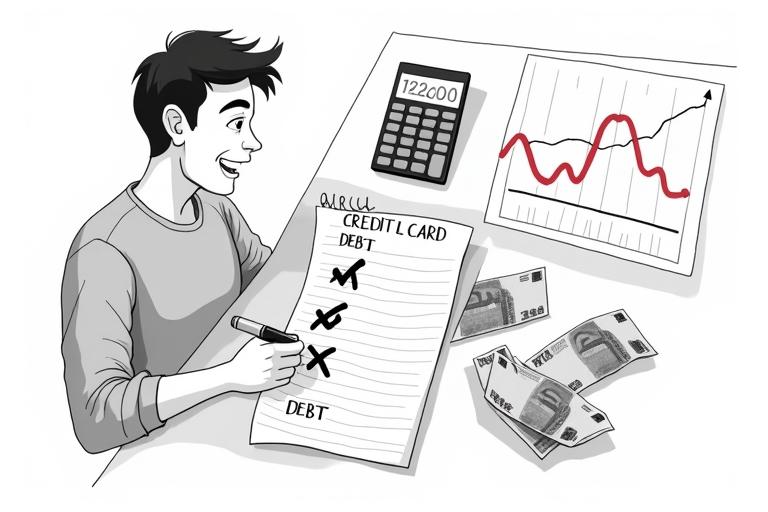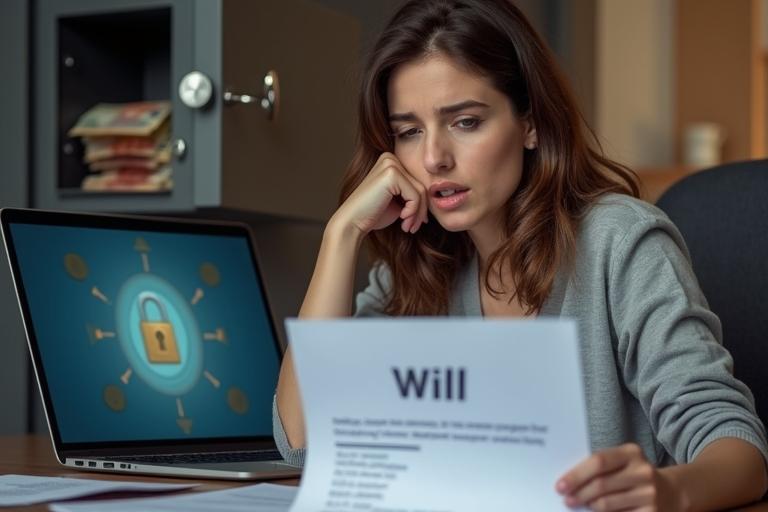Becoming A Millionaire
From Everyguides
This article is AI-generated. AI can make mistakes. Review important information. Our Terms of use apply. You can find all information on data protection here.
Introduction
Becoming a millionaire is a goal that many aspire to, but few achieve without a clear plan, discipline, and a willingness to learn and adapt. This guide provides a comprehensive, step-by-step approach to building wealth and reaching the milestone of one million euros. Whether you are starting from scratch or already have some savings, these actionable steps will help you understand the mindset, strategies, and practical actions needed to accumulate significant wealth over time.

Time Estimate
- Achieving millionaire status typically takes between 7 and 20 years, depending on your starting point, income, savings rate, investment returns, and risk tolerance.
- With aggressive saving, smart investing, and entrepreneurial ventures, it is possible to reach this goal in under 10 years.
- The process requires consistent effort, ongoing education, and periodic reassessment of your financial strategy.
Material List and Cost Estimates
- Financial education resources (books, online courses, seminars): €100–€1,000
- Budgeting tools or apps: €0–€100
- Initial investment capital (varies widely): €1,000–€10,000+
- Professional advice (optional, e.g., financial planner): €500–€2,000
- Business setup costs (if starting a side business): €500–€5,000
- Total estimated initial costs: €2,100–€18,100
Step-by-Step Guide
1. Set Clear Financial Goals
- Define what "millionaire" means to you (net worth, liquid assets, etc.).
- Set a specific target date for reaching €1,000,000.
- Break down the goal into annual and monthly milestones.
- Write your goals down and review them regularly.

2. Assess Your Current Financial Situation
- Calculate your net worth: list all assets (savings, investments, property) and subtract liabilities (debts, loans).
- Track your monthly income and expenses using a spreadsheet or budgeting app.
- Identify areas where you can cut unnecessary spending.
- Review your credit score and address any issues.

3. Create a Realistic Budget and Savings Plan
- Allocate a fixed percentage of your income (at least 20–30%) to savings and investments.
- Automate transfers to savings and investment accounts each month.
- Use the 50/30/20 rule (50% needs, 30% wants, 20% savings) as a guideline.
- Regularly review and adjust your budget as your income grows.

4. Increase Your Income Streams
- Seek promotions or higher-paying jobs in your current field.
- Develop new skills or certifications to boost your earning potential.
- Start a side hustle or small business (e.g., freelancing, e-commerce, consulting).
- Invest in passive income sources (e.g., rental properties, dividend stocks).

5. Eliminate High-Interest Debt
- List all debts and prioritize paying off those with the highest interest rates first (e.g., credit cards).
- Consider consolidating debts to lower interest rates if possible.
- Avoid accumulating new consumer debt.
- Use the debt snowball or avalanche method for systematic repayment.

6. Build an Emergency Fund
- Save at least 3–6 months’ worth of living expenses in a separate, easily accessible account.
- Use a high-yield savings account to earn some interest.
- Only use the emergency fund for true emergencies (job loss, medical expenses).
- Replenish the fund promptly if you need to use it.

7. Invest Consistently and Wisely
- Open a brokerage account and start investing in diversified assets (stocks, ETFs, index funds).
- Use euro-cost averaging: invest a fixed amount regularly, regardless of market conditions.
- Reinvest dividends and profits to compound returns.
- Periodically review and rebalance your portfolio to match your risk tolerance.

8. Optimize Taxes and Take Advantage of Tax-Advantaged Accounts
- Learn about tax deductions and credits available in your country (e.g., retirement accounts, business expenses).
- Maximize contributions to tax-advantaged accounts (e.g., Riester-Rente, Rürup-Rente, or similar).
- Keep accurate records of all income, expenses, and investments for tax filing.
- Consult a tax advisor for personalized strategies if needed.

9. Continuously Educate Yourself About Finance and Investing
- Read books, listen to podcasts, and follow reputable financial news sources.
- Attend workshops or online courses on investing, real estate, or entrepreneurship.
- Join investment clubs or online forums to exchange knowledge and experiences.
- Stay updated on changes in financial regulations and market trends.

10. Network with Like-Minded Individuals
- Attend local or online networking events focused on business, investing, or entrepreneurship.
- Seek mentors who have achieved financial success and can offer guidance.
- Build relationships with professionals such as accountants, lawyers, and financial advisors.
- Share your goals and progress with supportive friends or mastermind groups.

11. Monitor Progress and Adjust Strategies
- Regularly review your net worth, income, and investment performance (at least quarterly).
- Compare your actual progress to your milestones and adjust your plan if necessary.
- Celebrate small wins to stay motivated.
- Be flexible and willing to pivot strategies if market conditions or personal circumstances change.

12. Protect Your Wealth
- Purchase appropriate insurance (health, disability, liability, property) to safeguard assets.
- Create a will and consider estate planning to ensure your wealth is transferred according to your wishes.
- Use strong passwords and two-factor authentication for online financial accounts.
- Stay vigilant against scams and fraud.

Tips
- Start as early as possible; time and compound interest are your greatest allies.
- Avoid lifestyle inflation—keep your expenses in check even as your income grows.
- Stay disciplined and patient; becoming a millionaire is a marathon, not a sprint.